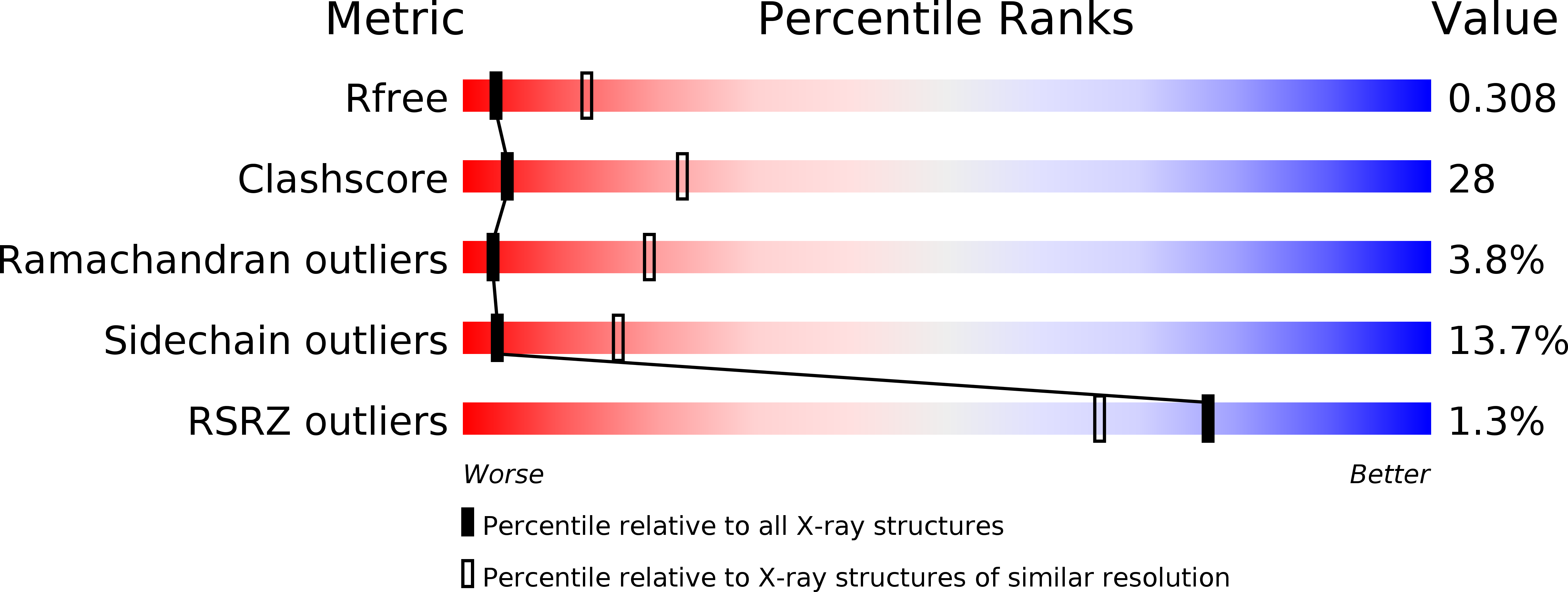
Deposition Date
2013-06-25
Release Date
2014-12-10
Last Version Date
2024-02-28
Entry Detail
Biological Source:
Source Organism:
Saccharopolyspora spinosa (Taxon ID: 60894)
Host Organism:
Method Details:
Experimental Method:
Resolution:
3.15 Å
R-Value Free:
0.31
R-Value Work:
0.20
R-Value Observed:
0.21
Space Group:
P 43 21 2


